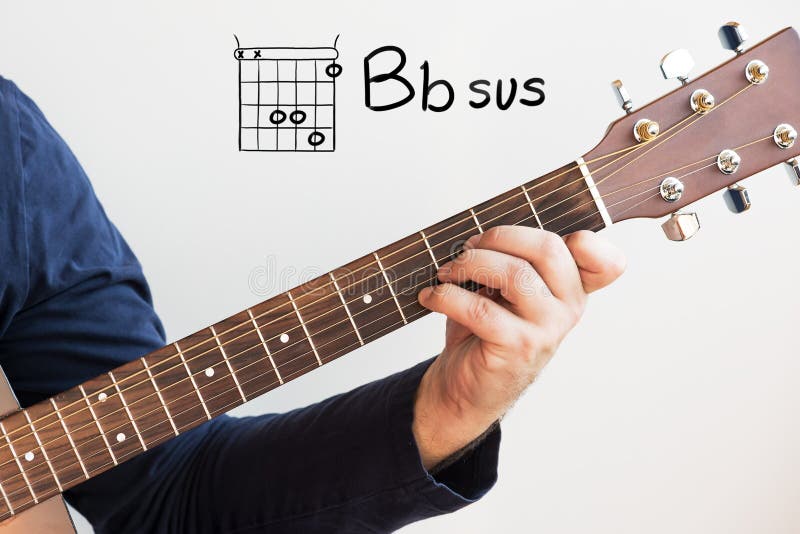

It is recommended to use these tunings, but other tunings can be useful for more experimental work. While the ukulele can be tuned to a wide range of notes, there are a handful of commonly used tunings that are recommended for playing popular music. As long as you are on a device with a microphone (like a phone, tablet, or laptop), you can use our microphone-based tuner above. You will be able to see visually whether the note is either too flat or too sharp, which you can use to adjust the tension of the ukulele string.

You can play each string on the ukulele directly into a microphone, which can provide real-time feedback as you play. The simplest method for tuning a ukulele is to use a microphone-based tuner. Below, we'll go through more details of the common ukulele tunings. This is particularly important when playing with other musicians, in order to create harmonies and avoid discordant sounds. Each time you play your ukulele, it is very important to ensure that the instrument is in tune. String instruments like the ukulele have tuning pegs, which can be turned in both directions to either raise or lower the pitch that corresponds to one of the ukulele strings. This process is called tuning, in which the instrument is carefully tuned to specific pitches. All instruments need to be set to exact pitches in order to play music in modern scales.


 0 kommentar(er)
0 kommentar(er)
